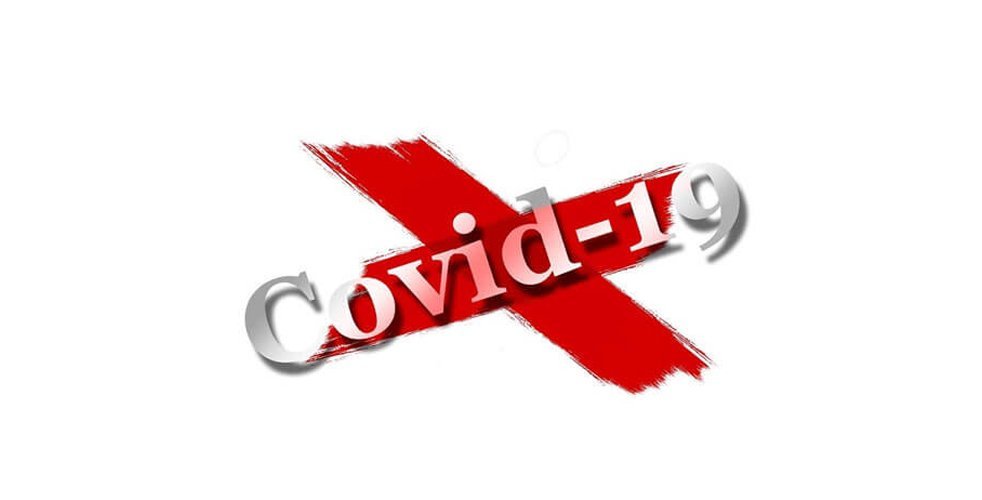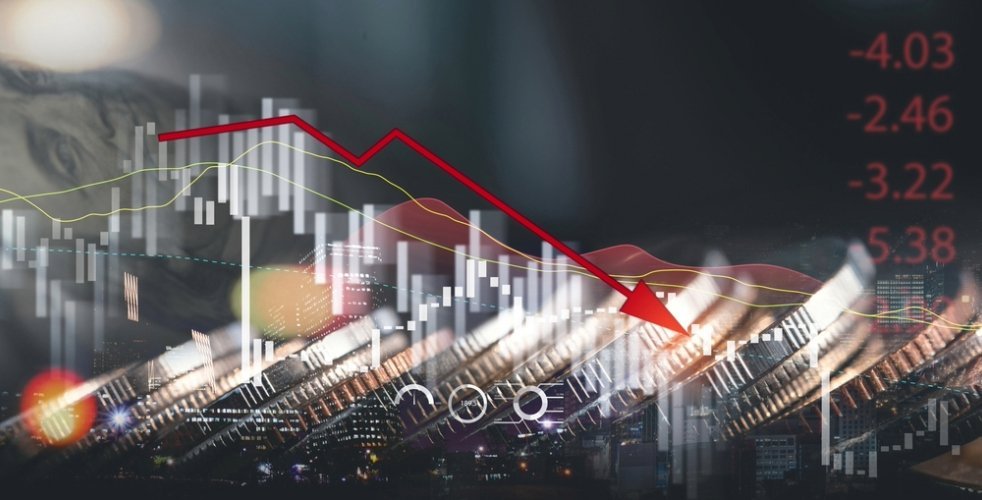
Dear Clients,
Due to the unique circumstances surrounding COVID-19, we feel the need to override the April 2020 recommendations for two of our investment models: the TSP Allocation Model and our 401(k) Allocation Model.
Both of these models are currently recommending that their respective portfolios be shifted entirely to bonds. In the case of our TSP Model, the recommendation is 100% of the portfolio in the F Fund, and for our 401 Model, the recommendation is 100% of the portfolio in AGG. (Click here to see our current Model recommendations.)
For reasons that we will outline below, we do not feel this is an appropriate time to shift your portfolio completely out of the stock market. Instead, we suggest maintaining your current allocations.
The final decision is, of course, up to you, so in the sections below we will outline why we believe exposure to the market should be maintained. If you agree, then we recommend you leave your allocations unchanged this month. If you disagree, then please follow our current model recommendations for the TSP and 401 Models.
The Discounting Nature of Financial Markets
As we touched on briefly in our COVID-19 update, the stock market is forward-looking in nature. Rather than reflecting current economic conditions, the stock market looks ahead and anticipates future conditions. This means that stocks tend to collapse ahead of negative economic developments and rebound sharply in advance of the ensuing economic recovery.
The market also has a habit of shooting first and asking questions later. Said differently, the market will overreact to the downside whenever an event of extreme uncertainty unfolds before us, such as this pandemic.
The net result is that stocks typically bottom well before a recovery is on the horizon, when the situation looks its absolute worse. Are we there yet? It’s hard to tell, but we believe we’re close.
One important factor is that mass psychology has shifted in recent weeks, and we’ve all come to grips with the fact that our personal and economic lives will be disrupted for at least the next few months. As this realization has set in, it has become discounted in the market, and therefore shifted the risk/reward dynamic moving forward. We’ll touch on this more below.
Recession by Proclamation
Another concept that’s very important to understand is that this economic slowdown is not a typical business cycle downturn. Instead, we have shut off economic activity by executive order.
In a typical business cycle downturn, excesses build up in the economy that need to be worked through. A slow but steady drop in demand over time forces companies to cut back on spending, lay off workers, pay down debt and shore up their balance sheets.
This time, however, businesses have had to take those actions because of government decree. The demand was still there prior to the coronavirus, it’s just that continuing to service that demand became unfeasible as containment efforts ramped up.
We believe this distinction is important because it has implications regarding how fast economic activity will rebound. In a typical economic downturn, it takes time for those excesses to work their way through the system. In this case, if everyone who was working prior to the outbreak of COVID-19 could be back to work within a few months, we’d see a very sharp snap-back in economic activity.
Of course, the logistics of that are very tricky to implement, and that’s where government assistance and stimulus comes into play. Right now, we’re seeing unprecedented efforts by our government to get money into the hands of individuals who have been impacted by the virus. And thanks to ultra-low interest rates, the amount of stimulus available is largely unconstrained.
No Cost to Deficit Spending
If you’re like most Americans, you probably worry about the mounting national debt. Even prior to the outbreak of COVID-19, we were setting new records in terms of deficit spending. While conventional wisdom suggests this could inevitably lead to higher interest rates, an inability to meet our obligations, and/or a collapse in the value of dollar, those concerns have largely evaporated.
In previous decades, when Treasury yields ranged anywhere from 5-15%, the national debt acted as a drag on our economy. Tax revenue that was required to service our debt represented capital that could not be deployed in a productive capacity.
But interest rates around the world have been falling for the past four decades, and we now find ourselves with rock bottom interest rates. What’s more, a large swath of foreign sovereign debt actually trades at negative yields. That means some governments are being paid to borrow money. For example, Germany’s 10-year bond currently sits at -0.5%. Investors are paying the German government for the privilege of lending them money.
Here in the U.S., our yields are not quite negative yet, but they’re awfully close. All maturity Treasuries except for the 30-year bond trade below 1%, and the 30-year is barely above that mark at 1.35%. This is very important because as rates converge toward zero, it means that there is no cost to deficit spending.
That gives the Federal Government complete leeway to spend as much money as they need to in order to shore up the economy from this outbreak. As you’ve seen recently, both monetary and fiscal authorities are taking full advantage of this. We just saw the biggest stimulus package in history make its way through congress, and we expect to see further rounds of fiscal stimulus in the weeks and months ahead.
We realize this is a touchy subject, and that many of you consider the national debt to be an unfair burden on future generations. While we generally agree with that synopsis (particularly in a high interest rate environment) consider this unusual twist: If and when interest rates here go negative (as they are in many places around the world), the national debt will actually become an asset to the American public, putting money into the hands of taxpayers.
Asymmetric Risk and Reward
As a result of the factors outlined above, we believe that not only will we make it through this trying period, we will make it through quickly and see a sharp rebound in economic activity. When you combine that outlook with where stock prices currently sit, it begins to illuminate the opportunity at hand.
While the market may very well head lower in the near-term, as coronavirus cases peak here in the U.S., we don’t believe the market will stay suppressed for long. In fact, at this point we believe that market risk has become skewed to the upside, and that investors need to be as concerned with missing out on subsequent rallies as they are about further declines.
That’s why, even though our TSP and 401 Models are recommending bonds, we believe it’s appropriate to maintain exposure to the stock market. Taking that idea further, if you have additional capital that has not been deployed, the next week or two will likely provide a good opportunity to put that money to work.
We realize that fear remains widespread, and not just regarding your portfolio but also about the health and security of your loved ones. However, this is one of those times where we must balance our fear of the unknown with a calm objectivity, and a recognition of all the forces that are working to solve this crisis.
For the first time in a long time, it seems as though we are all holding hands, united against a common enemy. And not just here in the U.S., but all around the globe. From those on the front lines helping care for the sick, to those at the highest level of government working to make sure every company has the capital to survive, we are all in this together, and together we will prevail.
We know these are rough times, but we believe you will be rewarded if you have the courage to see through this.
As always, if you have any questions about our outlook or what’s going on in the broader economy, please don’t hesitate to reach out. We’re here for you and available to answer any questions you may have. In the meantime, we will continue to monitor evolving conditions and provide updated guidance as the situation evolves.

An innovative approach for eaming higher returns with less risk
Download Report (1.2M PDF)You don’t want to look back and know you could’ve done better.
See Pricing



